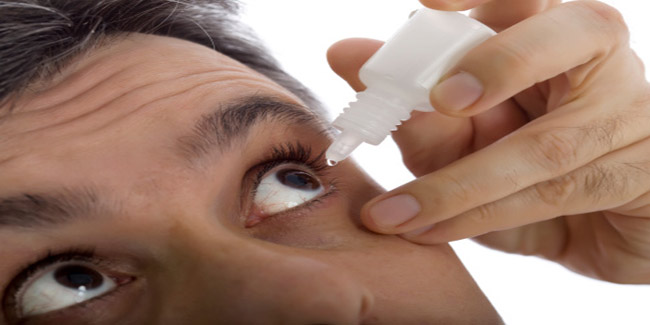
Tears have always been associated with negative things. People usually consider tears as a sign of sorrow or pain, however tears are more than just a sign of sadness. Your tears are a crucial part of the mechanism that keeps your eyes healthy. Let's first understand what tears are and why do we need them.

Table of Content:-
Tears Aren't bad
Your tears basically consist of three components, the oily lipid component which is meant for the outside environment around the eyes, the lacrimal component which is meant to keep your eyes moisturized and lubricated, and the mucous or mucin component which is the innermost component and meant to allow other two components to spread easily and uniformly over the eye surface.
The lipid component prevents evaporation from the eye surface and increase lubrication, while mucins help tears stay anchored to the surface. In fact, there are seperate glands to produce each component. The meibomian glands in the eyelids produces the oily component, the lacrimal glands produce the watery component, and the goblet cells in the conjunctiva produce the mucoid component.
When your tears are unable to keep your eyes lubricated and hydrated due to lack of any of the three components, it leads to dry eye syndrome. You may notice even more tears in the eyes during the condition which is usually caused by the nervous system reacting to handle the dry eye situation, however despite more tears your eyes will usually stay dry.
When Tears don’t work
Common dry eye symptoms include persistent dryness, scratchiness, red eyes and a burning sensation. Dry eyes can frequently become red and irritated, causing a feeling of scratchiness. Another symptom of dry eyes is a "foreign body sensation," which is a feeling that something is in your eye. And it may seem odd, but dry eye syndrome also can cause watery eyes. This is because dryness on the eye's surface sometimes will over stimulate production of the watery component of your tears as a protective mechanism.
During dry eye syndrome, the associated glands don't produce enough components of tears. This leads to evaporative dry eye, one of the primary causes and a contributing factor of most cases. Dry eye syndrome is caused by a chronic lack of sufficient lubrication and moisture on the surface of the eye. Its consequences range from subtle but constant irritation to inflammation of the anterior (front) tissues of the eye.
Dry eyes are also called keratitis sicca, which means reduced quality or quantity of tears. Similarly Keratoconjunctivitis sicca refers to eye dryness affecting both the cornea and the conjunctiva. Causes of dry eye syndrome may include hormonal changes, natural aging process , side effect of many medications such as blood pressure medications, Parkinson's medications and birth control pills and environmental conditions. Dry, dusty or windy climate may increase risk of dry eyes.
How we keep this article up to date:
We work with experts and keep a close eye on the latest in health and wellness. Whenever there is a new research or helpful information, we update our articles with accurate and useful advice.
Current Version
